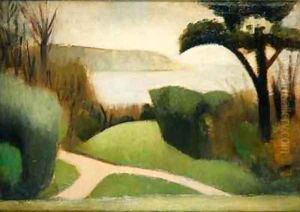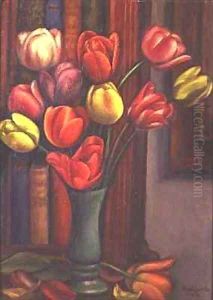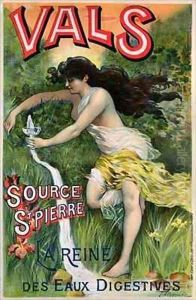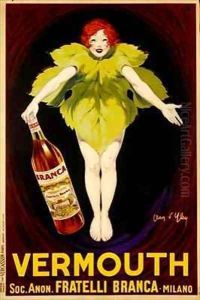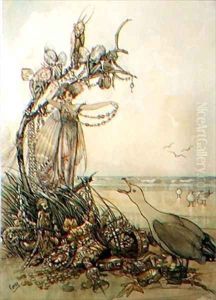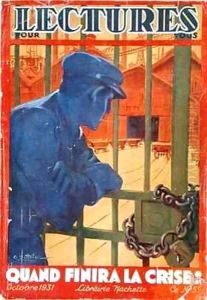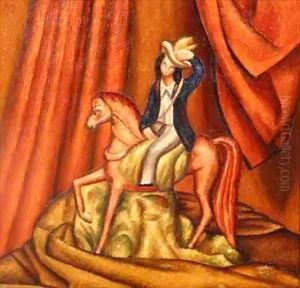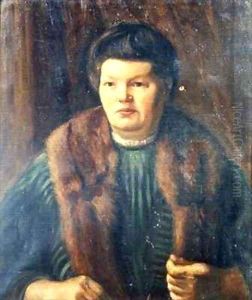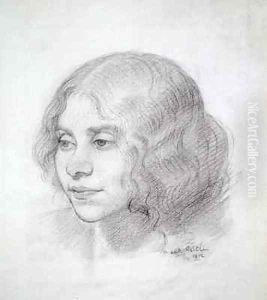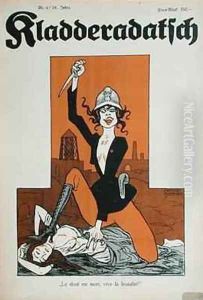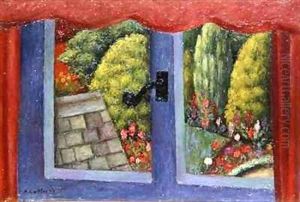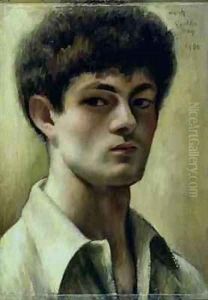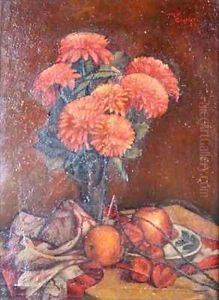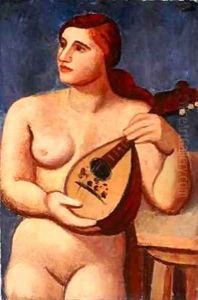Art Deco Paintings
Art Deco, or Deco, is an influential visual arts design style which first appeared in France during the 1920s, then flourished internationally during the 30s and 40s. This colorful style influenced many different areas including art, architecture and interior design. Based on the use of geometric shapes, the Art Deco style influenced many painters in the past and still does today. It draws influence from all types of artistic styles like Cubism, Modernism, Neoclassicism, Art Nouveau and Futurism. It is an eclectic style that combines traditional craft motifs with Machine Age imagery and materials. The style is often characterized by rich colors, bold geometric shapes, and lavish ornamentation. One of its major attributes is an embrace of technology. This distinguishes Deco from the organic motifs favored by its predecessor Art Nouveau.
Historian Bevis Hillier defined Art Deco as "an assertively modern style [that] ran to symmetry rather than asymmetry, and to the rectilinear rather than the curvilinear; it responded to the demands of the machine and of new material [and] the requirements of mass production."
Art Deco represented luxury, glamour, exuberance, and faith in social and technological progress. Many artists such as Chagall, Kandinsky, Rousseau, Franz Marc, Matisse and Mondrian represented Art Deco.
